We all know that human overpopulation causes a lot of problems like poverty, hunger, sickness, diseases, and other crisis. Ever wonder what are the effects of overpopulation on animal populations?
What is the main effect of overpopulation on animals? Here’s what you need to know.
What is population growth?
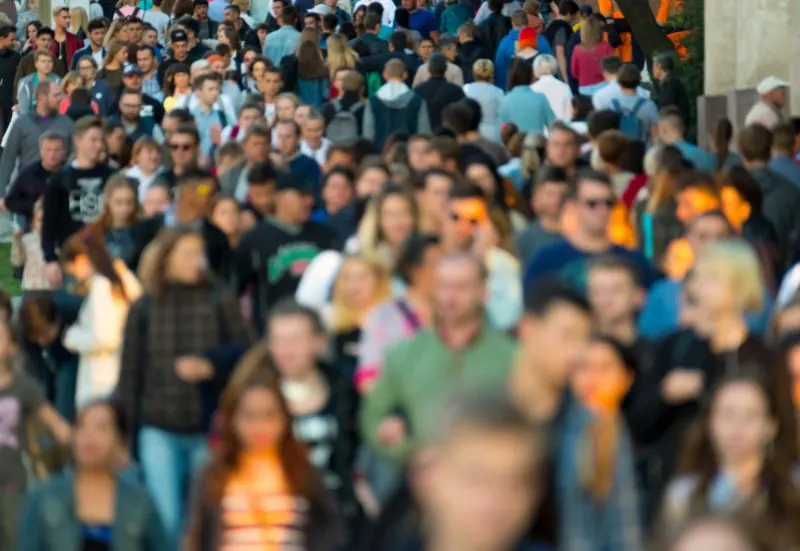
Population growth is the measure of change in population over time. Population growth can be measured in several ways, including births, deaths, immigrants, and emigrants.
What is overpopulation?
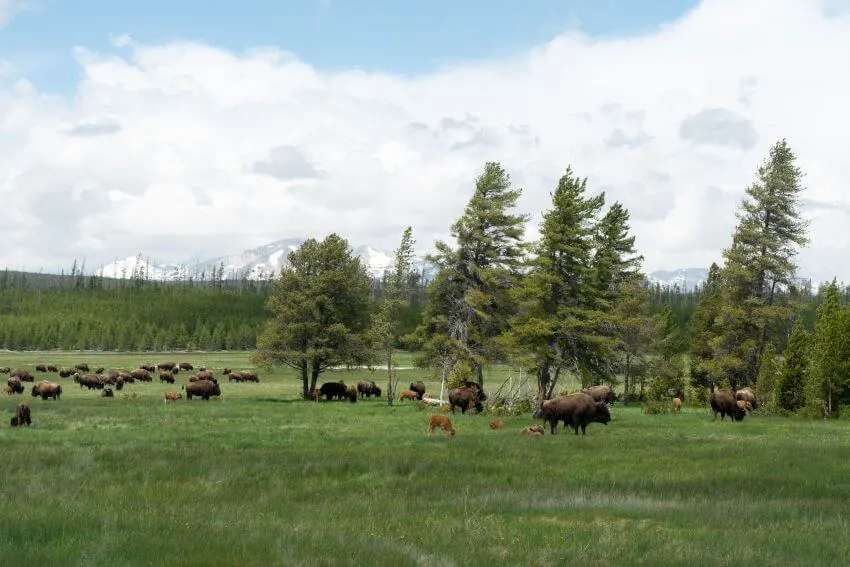
Overpopulation occurs when such species’ numbers exceed the carrying capacity of their ecological niche. Most developed countries have stable populations, but less developed countries are experiencing a dramatic increase in population size.
What is overpopulation in animals?
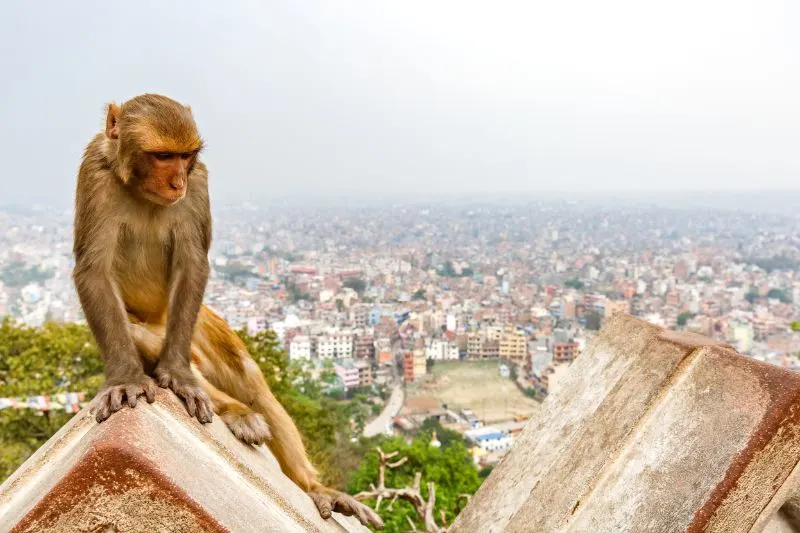
When populations of animals exceed the carrying capacity of their ecological niche, overpopulation occurs. This often leads to problems such as malnutrition, dehydration, and the spread of disease.
How does overpopulation affect animal populations?
The effects of overpopulation on animal populations can be devastating. When populations exceed the carrying capacity of their environment, animals suffer from malnutrition and diseases. Furthermore, when predators become scarce due to overpopulation, the weaker species of animal starve or die in other ways.
If animal populations continue to grow unchecked, it will result in over-taxing of the resources in the environment. Overpopulated animal species can cause deforestation, soil erosion, and even lead the extinction of certain animal species.
See Related: Does PETA Kill Animals
How do we know when an animal’s population increases?
We can’t just count animals to see if the population is increasing. We have to look at the birth rate and death rate. The birth rate is the number of live births in a year per 1,000 people.
The death rate is the number of deaths in a year per 1,000 people. If the birth rate is higher than the death rate, the population is growing. If the birth rate is lower than the death rate, the population is shrinking.
What is the carrying capacity?
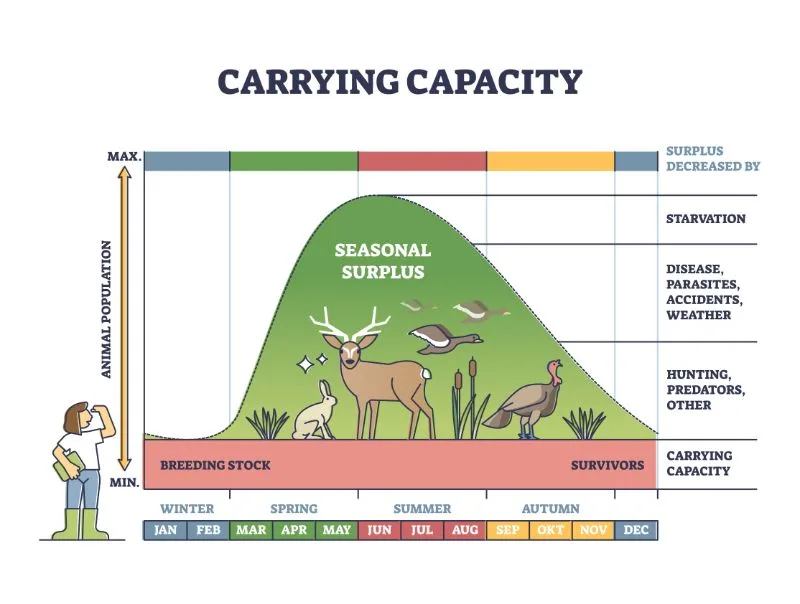
The maximum population size of a species that an environment can sustain indefinitely, given the food, habitat space, and other necessities available in the environment.
How does the human population affect the animal population?
The human population is the main factor that affects the animal population. As the human population continues to grow, it puts pressure on the environment and its resources. This, in turn, affects the animal populations.
The World Conservation Union (IUCN) has now classified 1259 animal species, plants, and aquatic creatures as “critically endangered.”
The last century has seen the demise of numerous Australian animals. – There have been 25 animal species already lost since the beginning of the 21st century.
Some species benefit immensely from human intervention, while many others do not. The more you observe, the fewer other people you see along the road to riches. Every five percent of planet Earth’s territory is lost each year, with losses continuing to rise by over 20 million every day.
See Related: Best Conservation Books to Read
Estimated human population
The human population is expected to continue to grow throughout the 21st century. As of, 2011, there are approximately 7 billion people on Earth. By 2050, it is expected that the global population will reach 9 billion.
See Related: Most Eco-Friendly Trash Bags
What are some of the problems associated with overpopulation?
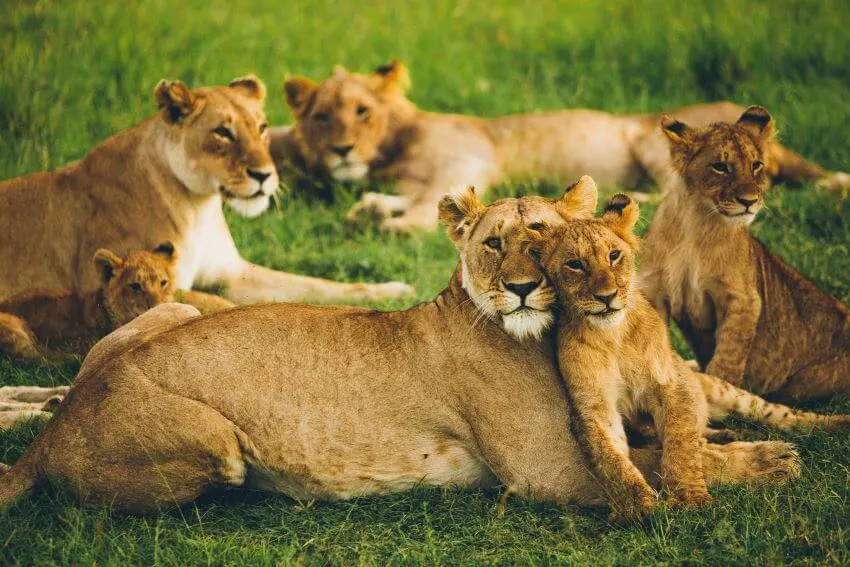
Some of the problems associated with overpopulation include poverty, famine, dehydration, and the spread of disease.
In addition, overpopulation can lead to habitat destruction and massive animal extinction.
What can be done to solve the problem of overpopulation in humans?
There are a number of things that can be done to solve the problem of overpopulation. One solution is to have smaller families. Another solution is to provide family planning services to help control the birth rate.
What can be done to solve the problem of the overpopulation of animals?
Overpopulation has proven to be a huge problem for animal populations around the world. To solve this, there needs to be an increase in natural predators and/or prey species. Another solution is to provide better nutrition for both prey and predator animals. Equal access to natural resources should be maintained.
Does hunting help control animal overpopulation?
Hunting can help control animal overpopulation, but it is not a long-term solution. Predators and other wild animals that are hunted to extinction cannot be replaced, and the populations of prey animals will continue to grow until they reach the carrying capacity of the environment.
What is Climate Change?
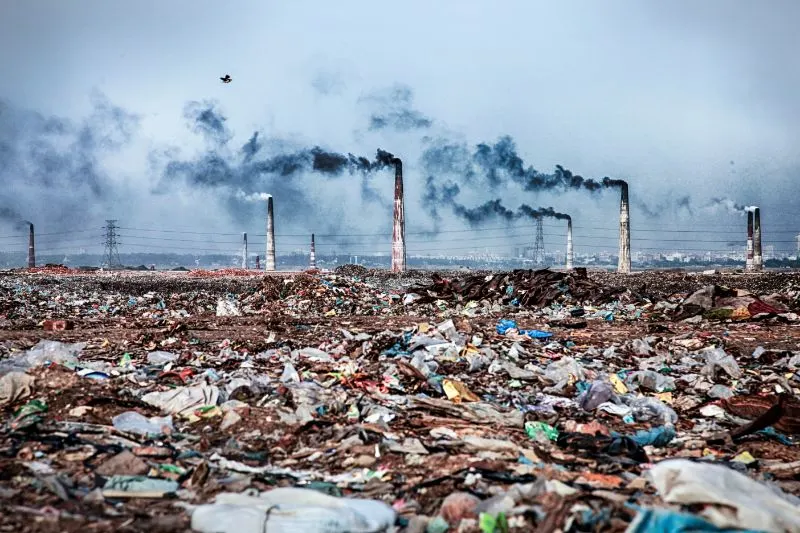
It is an increase in the Earth’s average surface temperature. It can be caused by natural phenomena, such as changes in the sun’s output, or by human activities, such as the burning of fossil fuels.
See Related: Why Should We Care About Climate Change?
Population growth contributes heavily to climate change
Overpopulated species will have a significant impact on the Earth’s ecosystems and the way we live. The world’s human population is projected to reach 9.7 billion in 2050, up from 7.3 billion in 2017.
The number of wild animals has fallen by 60% since 1970 as a result of human activities such as hunting, fishing, and land development
The number of plant species, mammals, birds, reptiles, amphibians, and wetland habitats in the world has fallen by 58% since 1970, according to a new report that warns nature is declining at an “unprecedented” rate.
Does overpopulation affect plants?
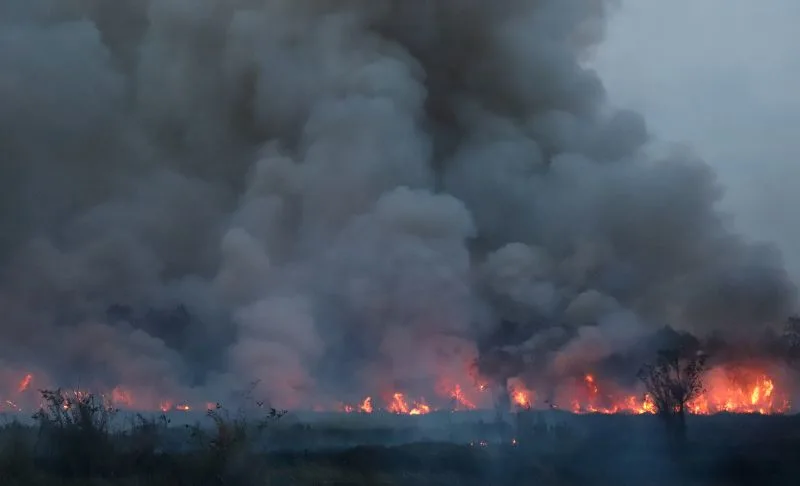
Yes. Plants are an essential part of the ecosystem and overpopulation will have a significant impact on the planet’s biodiversity.
For example, agricultural land could be turned into a housing area, which would reduce the number of plants that are available.
How can overpopulation affect other species?
Overpopulation affects other species because there are not enough resources to support both humans and animals at their current population size.
For example, if an animal’s food source is taken away due to land clearing and deforestation, it will starve to death. It will result in migration, habitat loss, or even extinction.
How does overpopulation contribute to pollution?
Overpopulation contributes to pollution because the amount of waste and trash is more than can be disposed of properly. This will affect all species in the environment, leading to illness and death.
See Related: Types of Water Pollution
Conclusion
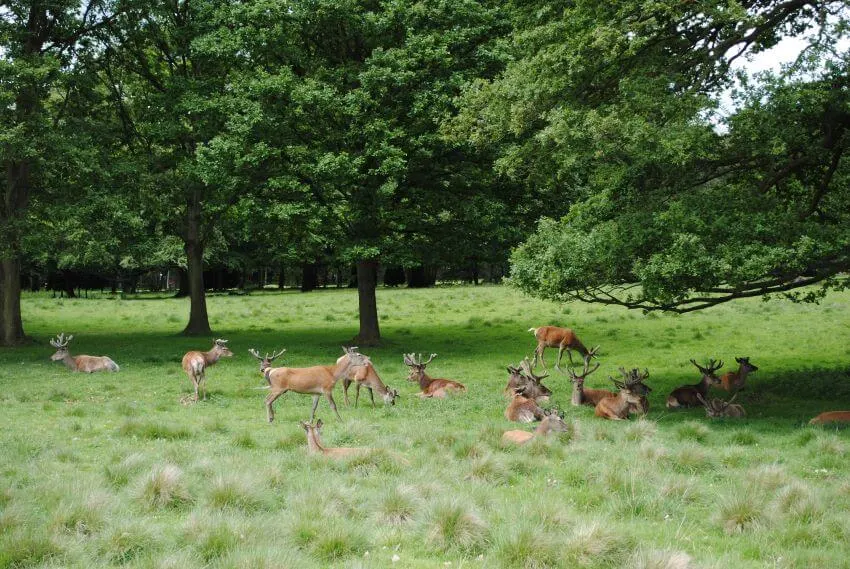
Overpopulation has a number of negative consequences for animals. Higher worldwide population levels will put additional strain on the planet’s resources, resulting in greater resource consumption and waste production inefficiency.
This inefficiency in resource usage and waste creation is exacerbated by the fact that the earth has a limited supply of resources to support life, implying that there are boundaries to how much individuals may consume without harming themselves.
When people take more from the planet’s resources than they require for their own survival, it puts them at risk of starvation or death due to high-carbohydrate diets’ problems.
Because too many organisms are dependent on a limited resource for their existence, this puts pressure on the environment.
Overpopulation in both humans and animals has negative effects. In humans, it can result in poverty, hunger, war, health issues, and crisis. In animals, it can result in habitat loss, hunger, and diseases fueling massive animal extinction. There are a lot of ways we can do on both sides to control both human and animal population growth.
FAQ
Is hunting a good solution to control the animal population?
Hunting only helps control the animal population for a short period, and it can’t be done forever. Killing predators to extinction will make prey populations explode; killing prey animals to extinction will lead to starvation.
Is the TNR(trap Neuter Return) a good solution to control the animal population?
Yes, the TNR is a good solution to control the animal population. It humanely traps feral animals, neuters them, and then releases them back into their colonies. This will slowly reduce the number of feral animals over time.
What is the National Wildlife Federation?
The national wildlife federation is a national nonprofit that provides people with ideas and strategies to help protect animals, habitats, and the environment.
What are the effects of overpopulation on the environment?
The effects of overpopulation on the natural environment depend on the species. In general, overpopulation can lead to habitat destruction and loss, as well as massive extinction. Overpopulation also contributes to climate change.
How will climate change affect animals?
Climate change will affect animals in a number of ways. It will cause habitats to move, and animals will have to migrate with them.
This can result in fighting and competition for resources among species. Climate change will also dry up wetlands and alter other habitats, which could lead to death or disease outbreaks among animals that depend on those habitats for their survival.
What are some examples of countries that are overpopulated?
Some examples of countries that are overpopulated are China, India, Pakistan, Bangladesh, Nigeria, Mexico, the United States, and Indonesia.
How does human development affect the animal population?
Human development affects the animal population in a number of ways. Development can lead to the destruction of habitats, which can reduce or eliminate the populations of animals that live there.
It can also increase noise and light levels, which can disrupt animal behavior. Traffic and other development can lead to increased deaths among animals. Finally, development often results in the introduction of invasive species that can overwhelm native species.
How does animal overpopulation affect humans?
Animal overpopulation can be a problem for humans in a number of ways. Overpopulated animals may carry diseases that can spread to humans, such as rabies and tuberculosis; these outbreaks can threaten human life. Animal overpopulation may also result in conflict with humans, such as through the spread of Lyme disease.
What are some examples of extinct animal species?
Some examples of extinct animal species are the dodo, the passenger pigeon, and the quagga.
What does overpopulation tend to impact the most?
Overpopulation tends to impact most species that are keystone species, which play a large role in maintaining the ecosystem. If overpopulation results in the extinction of these types of species, it can lead to an ecological collapse.
Related Resources
